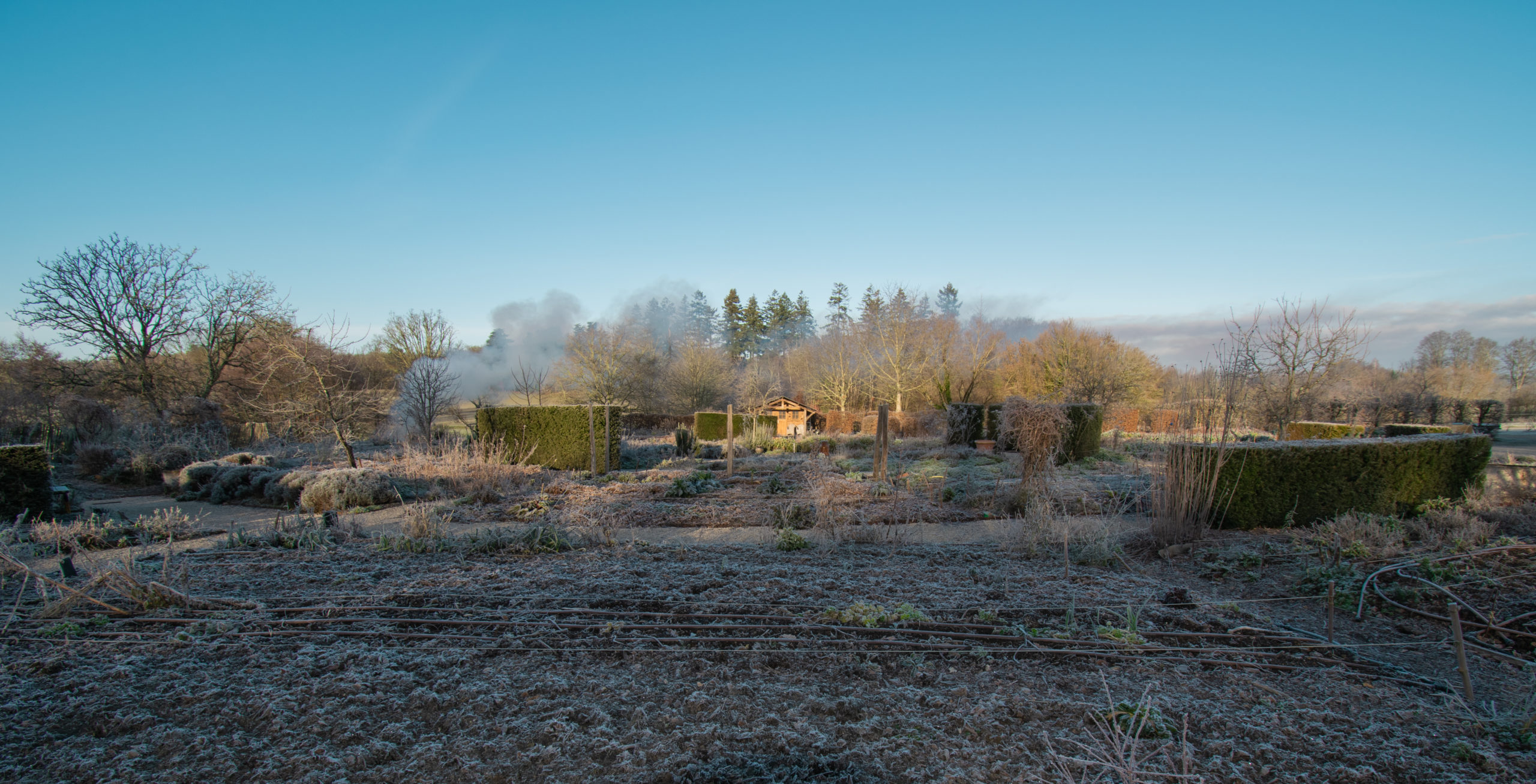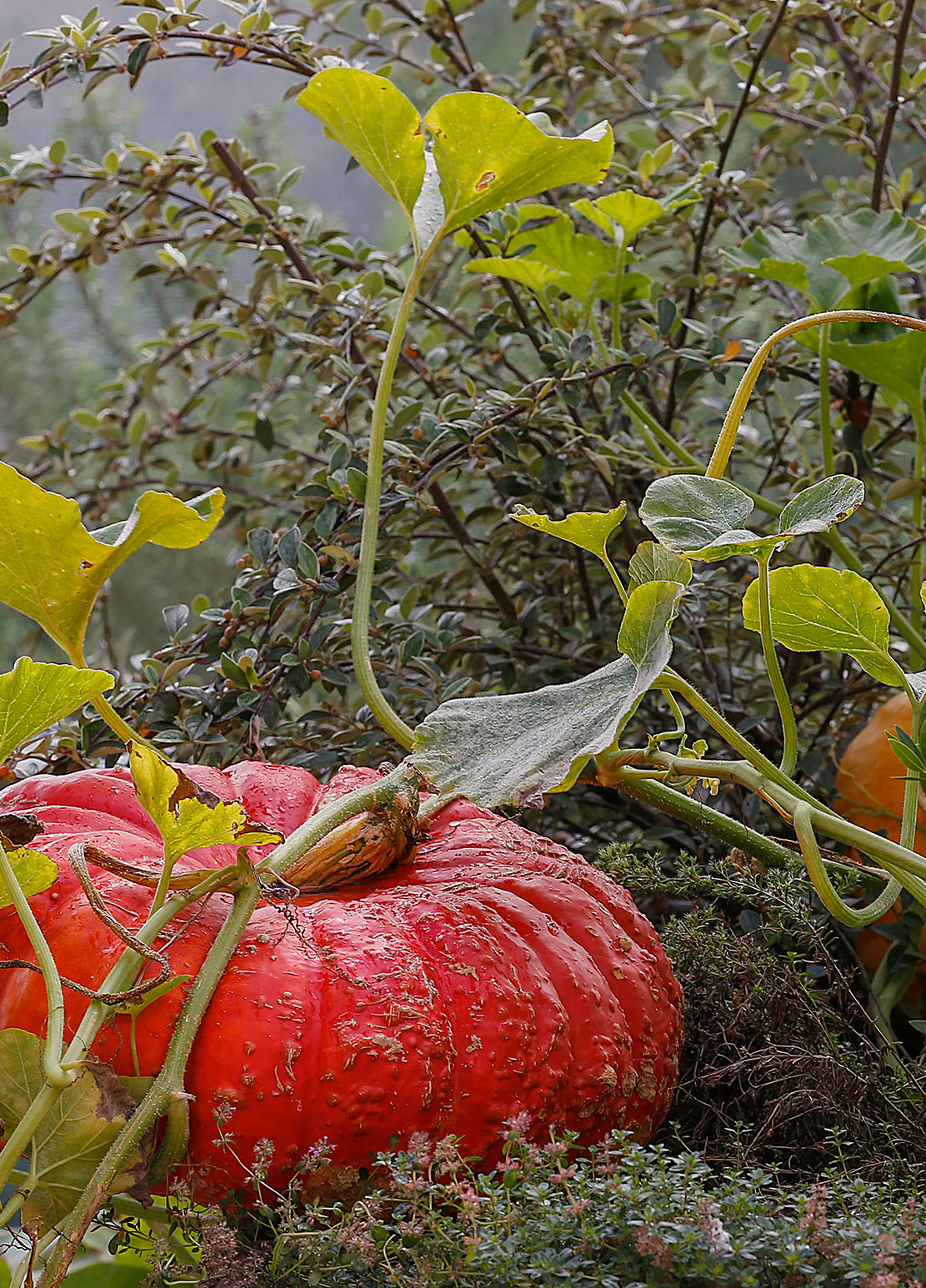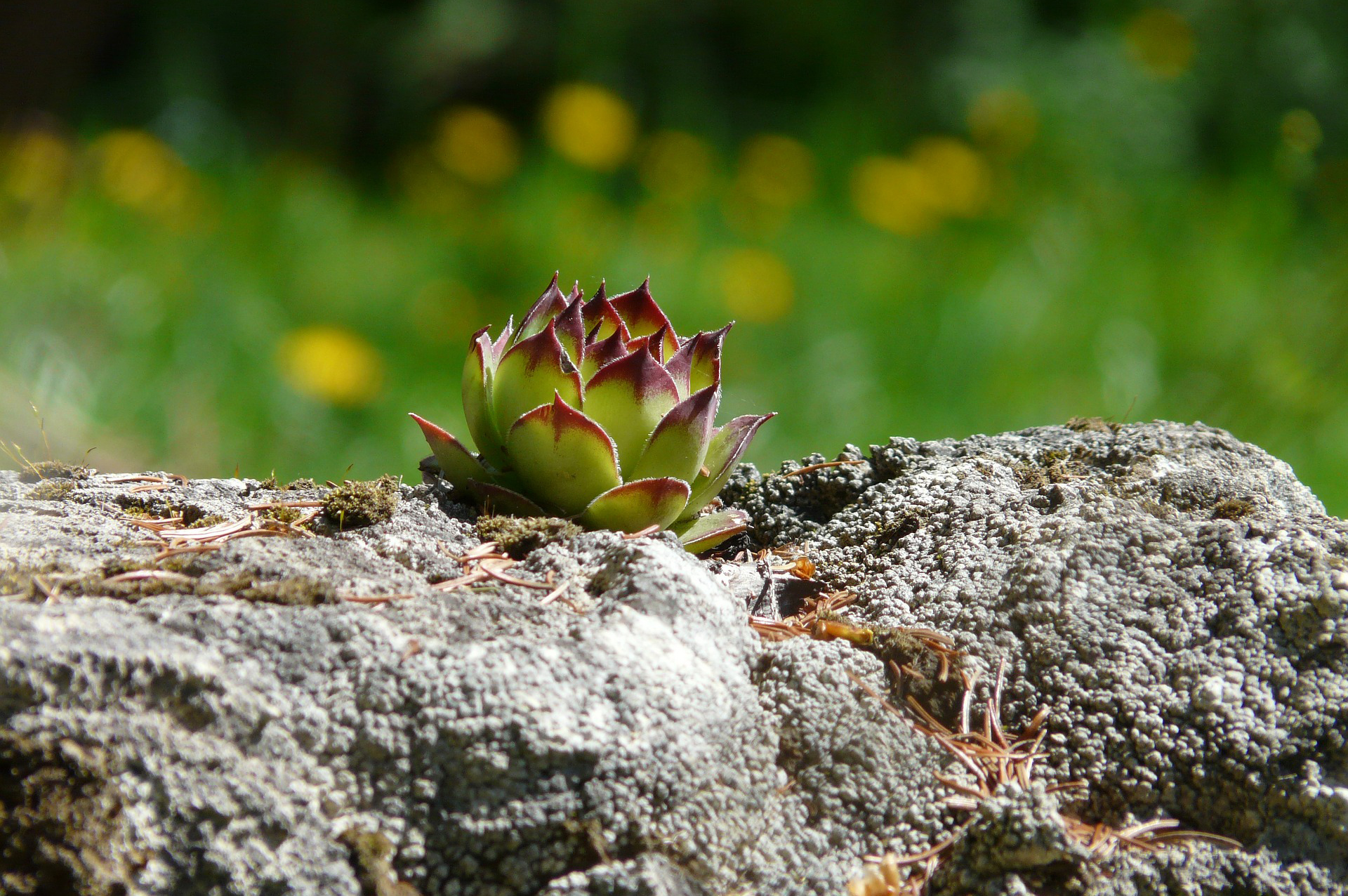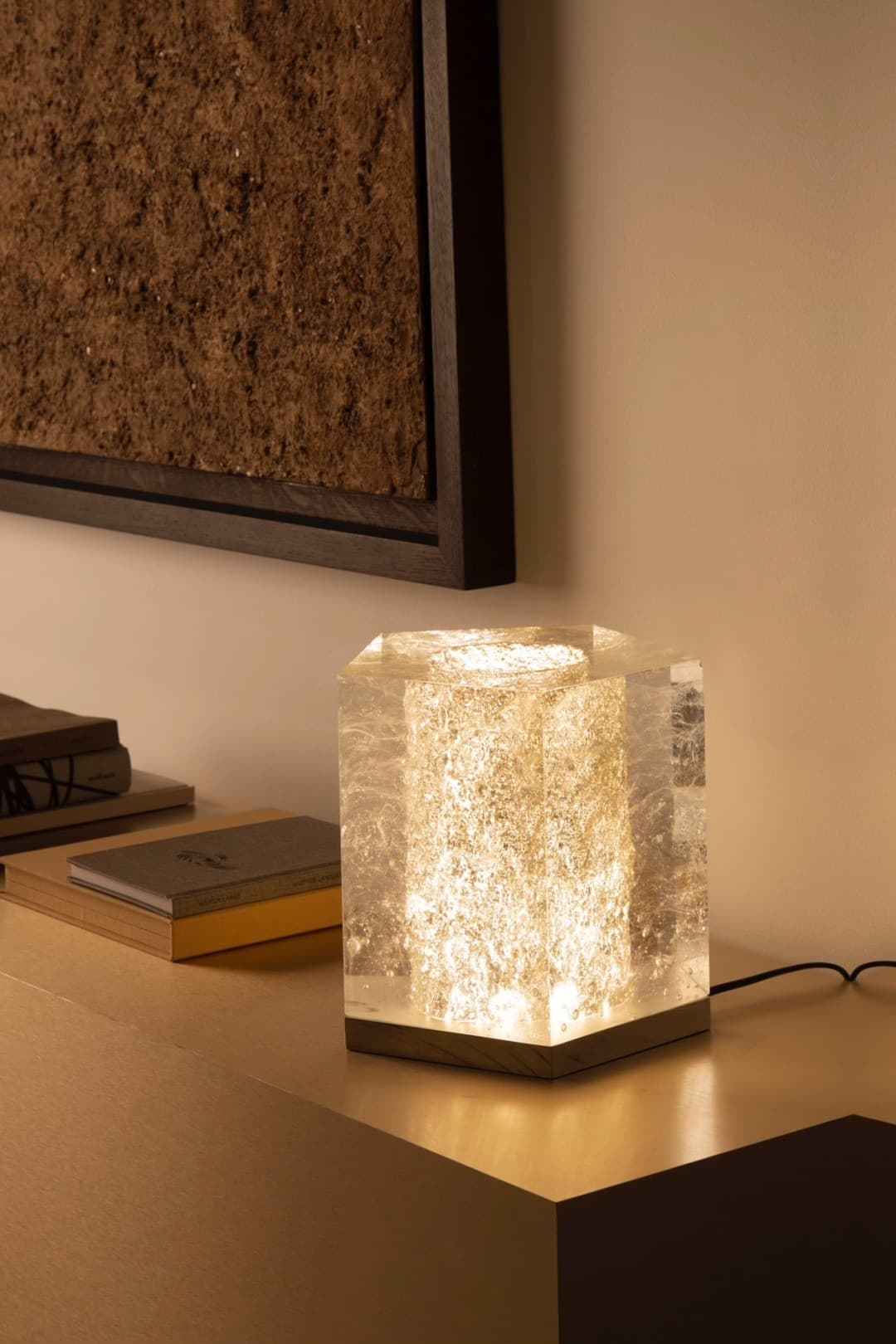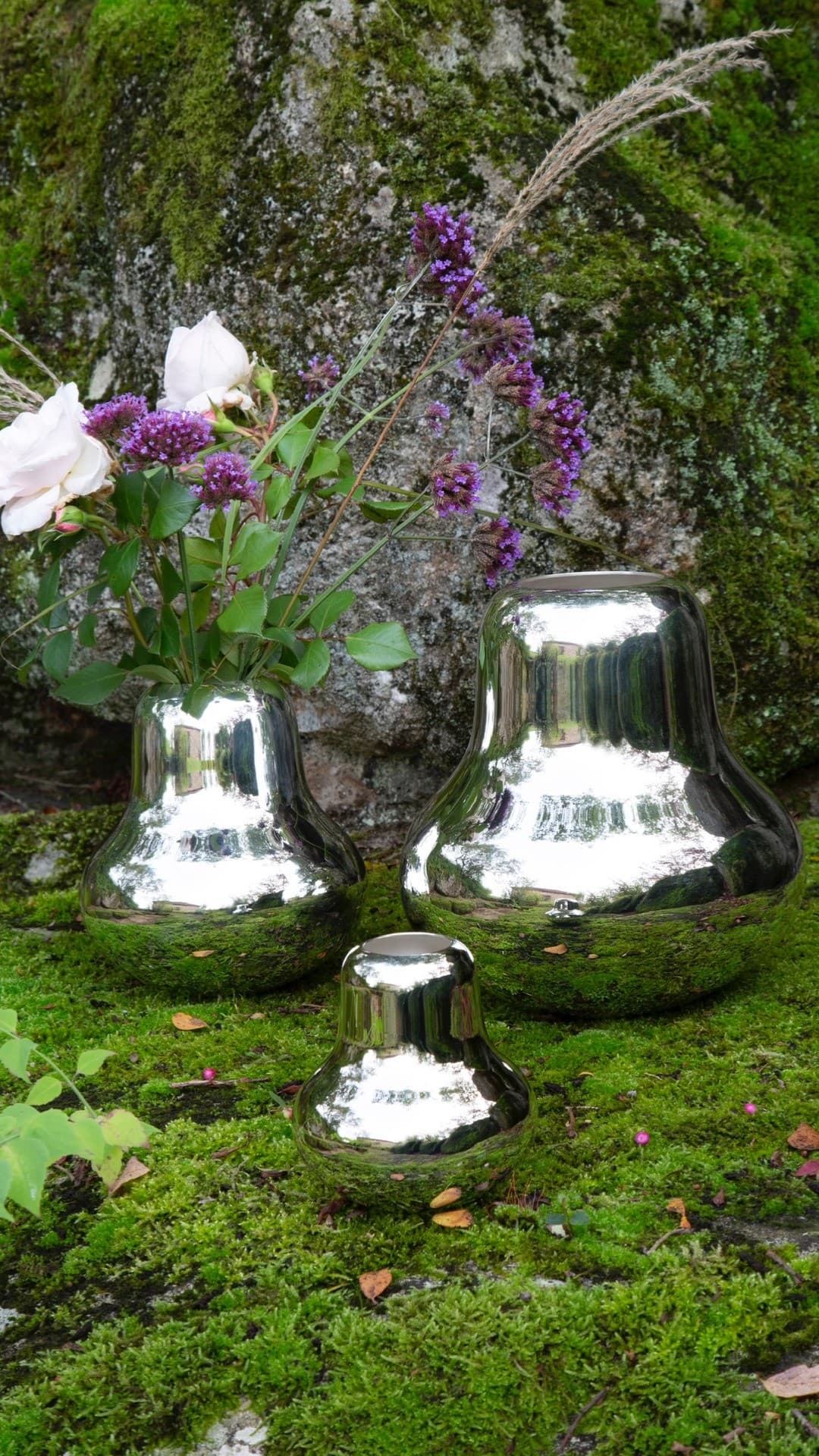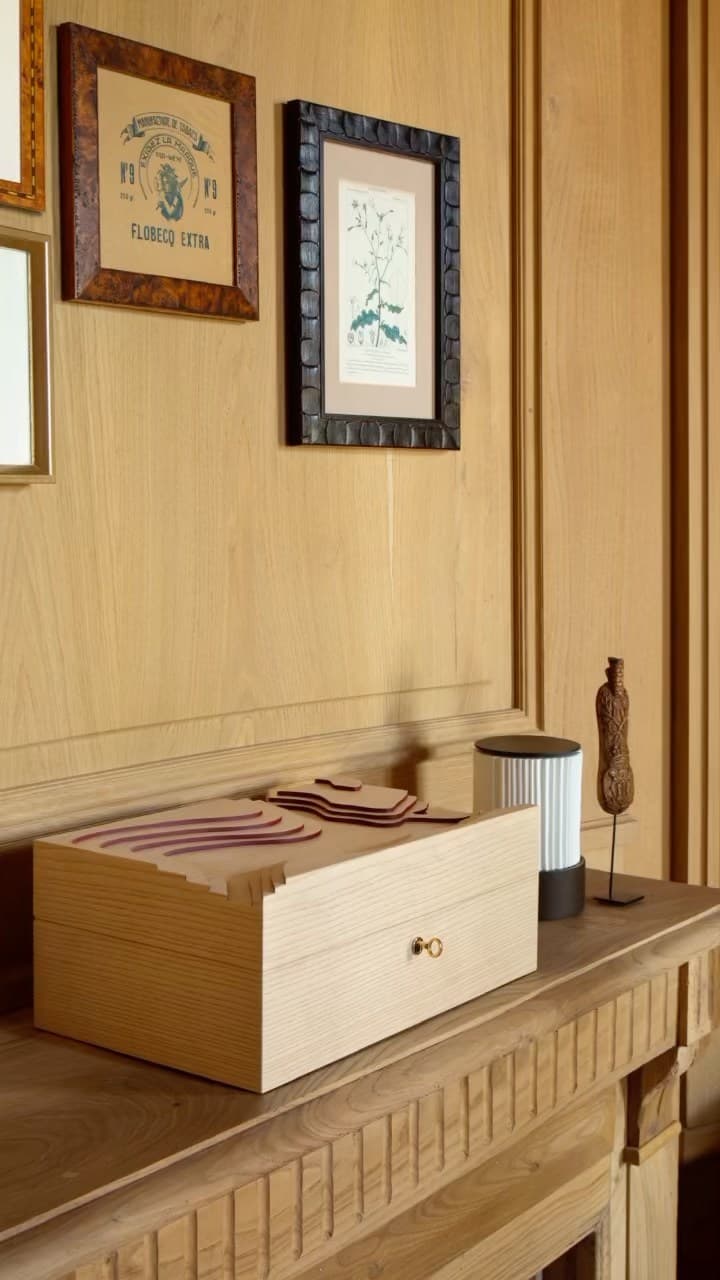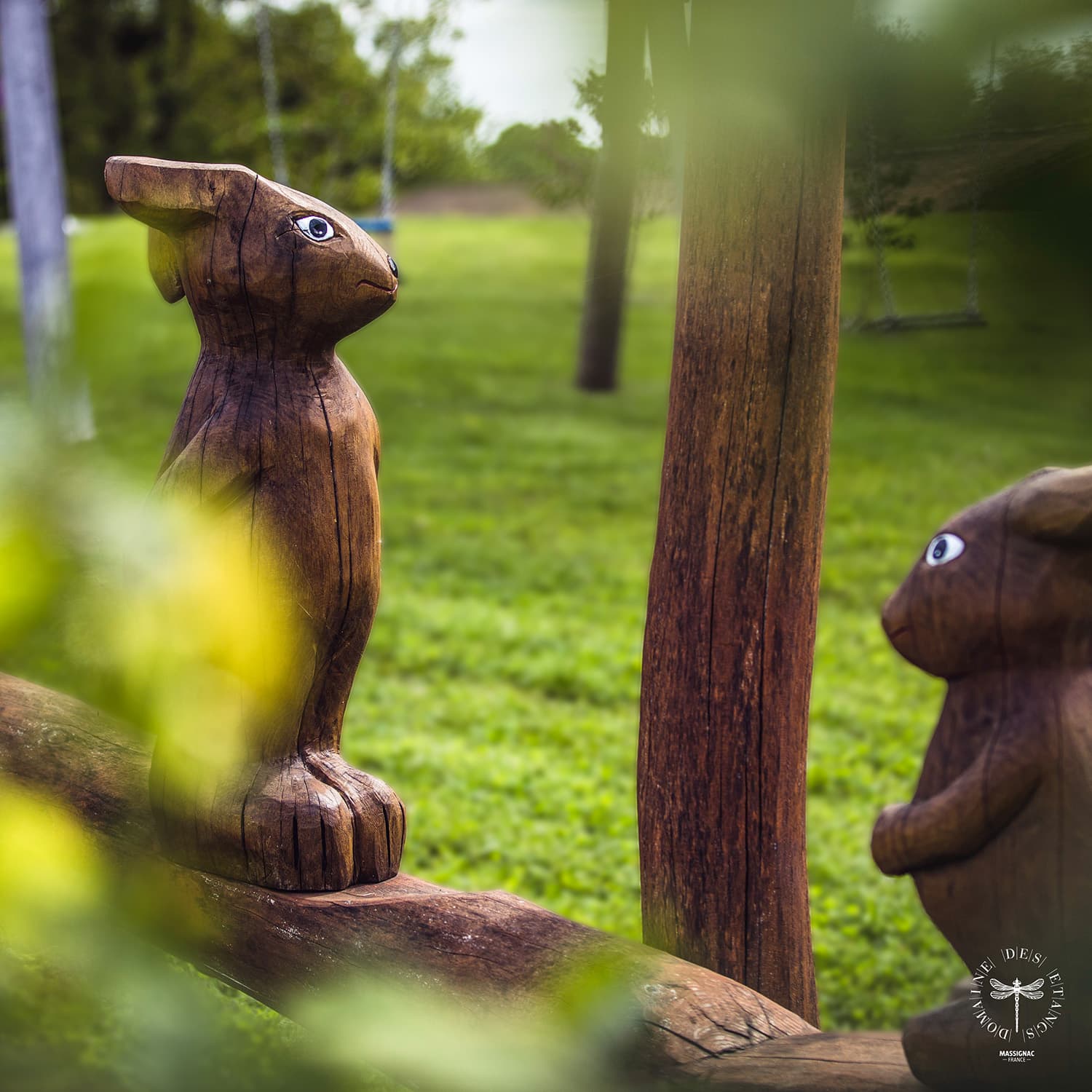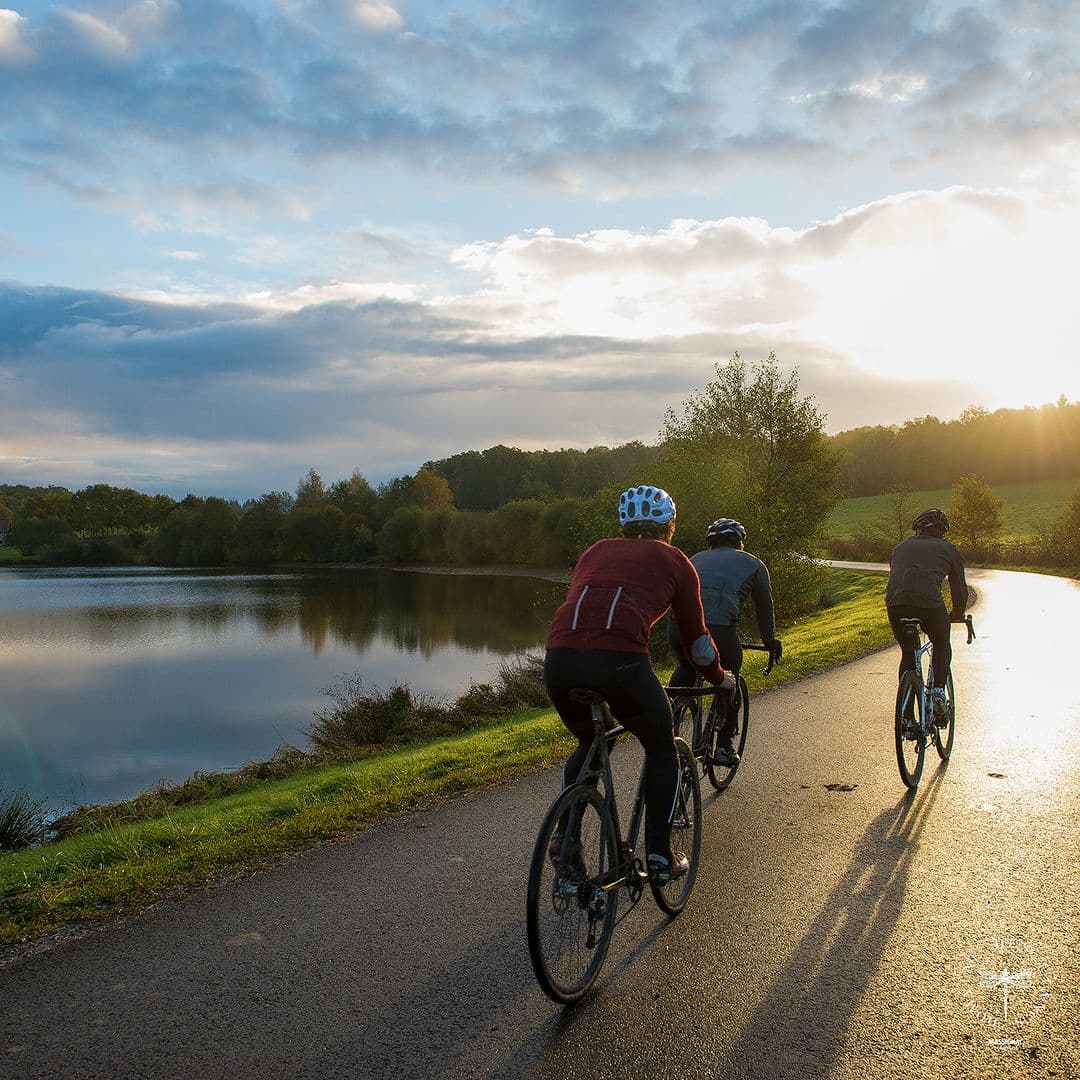How to start a vegetable garden or window box?
At the end of winter, crocus and snowdrops blossom and usher in the beginning of activity for vegetable gardens. A burst of life and creation then seizes gardeners who can start cultivating fruit and vegetables.
You should first remove the mulch spread during the winter and aerate the earth with a four-pronged fork to dry the soil and allow it to warm under the gentle rays of the sun. The use of mulch enables to observe the rich fauna of the soil which is the ally of crops. Let us not forget that the more earthworms, the more humus in the soil.
ANALYZING THE SOIL
To optimize the potential of your land, you can then proceed to a quick analysis of the soil. Indeed, the nature of the earth, of a terroir, influences the way in which water is retained. Its components also influence the growth of plants.
To determine how to adapt the planting you have planned, we shall discover two quick techniques to analyse the soil.
The first is the jar test, which will help you understand the texture of the soil. Here is a video that will show you how to conduct this test: link to the video
The other is the soil pH test: it requires a small recreational chemical process.
Indeed, soil can be acid, neutral or alkaline according to the land. This can be measured thanks to pH (potential hydrogen). The indicator ranges from pH1, very acidic, to pH14 very alkaline, with a neutral average of pH7.
Collect a sample of soil in your garden, 4cm below the surface. Fill a small container halfway with the soil and add water to the top. Close and shake the small container as hard as you can before allowing the soil to settle on the bottom. Dip a pH paper strip purchased from a garden centre into the container, following the test instructions, and observe the results. You can thus obtain the pH of your soil.
Soil that is too acidic or too alkaline can be improved and stabilized by using organic matter like compost or mulch.
BEGINNING TO SOW
At the end of February, you can already start sowing outdoors on an exposed patch :
Rocket, onion, spinach, turnip, parsnip, broad beans, peas, radishes, parsley, chives, watercress, pink garlic, Jerusalem artichokes, physalis and turnip-rooted chervil.
Sowing indoors :
Aubergine, chilli, pepper and cucumber from 22° to 26°c and tomato, squash, celery, cauliflower and cabbage at 20°c.
The first lettuce seeds can also be planted in trays filled with moist compost then placed in a greenhouse or next to a window to avoid frost.
As soon as the earth has thawed, other activities can be engaged in like planting certain trees or shrubs. The roots should be soaked in compost mud before being buried.
Apple tree, apricot tree, cherry tree, plumb tree, birch, hazel tree, common medlar, caper bush, wild strawberries, raspberry bush, blackcurrant bush, currant bush, citrus, vine, blackthorn, blackberry bush.
THE SEED BALL
For sowing in hard-to-reach areas, a fun method has been created, inspired by the dung beetle: the seed ball technique.
Place your seeds in the centre of a clay pellet with a little compost or humus to feed them. Make sure they are dry to preserve them longer. Then dry your pellets before throwing them at random onto the land.
Rain will soak the clay and the seeds will begin to germinate.
You can experiment by combining flowers, edible herbs or cereals. These seed balls will allow you to see clutches of plants appear, that will attract pollinating insects. This manual activity will delight young and old alike.
MAKE POLLINATORS THE HOST OF YOUR CROPS
Before becoming completely immersed in gardening, why not make a bug hotel? It will welcome the species we need to take care of. Discover how to make one in this fun video:
link to the video
A FORWARNED GARDENER IS FOREARMED
At this time of the year, it is useful to take stock of your gardening material and of its state. It is important to assess your stocks of seeds in order to plan the first crops. Preparing natural compost is also an activity that can promote the healthy growth of the plants in your vegetable garden.
How will you start gardening this year?
